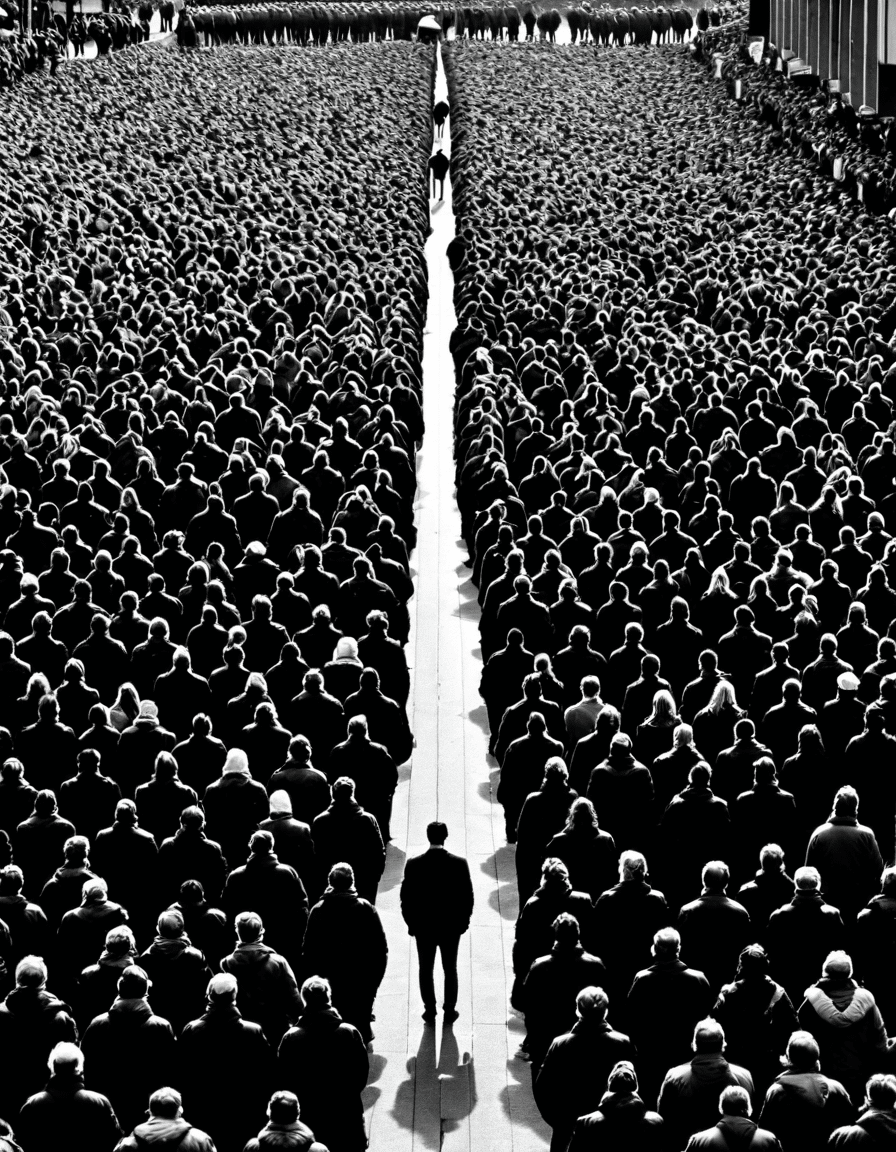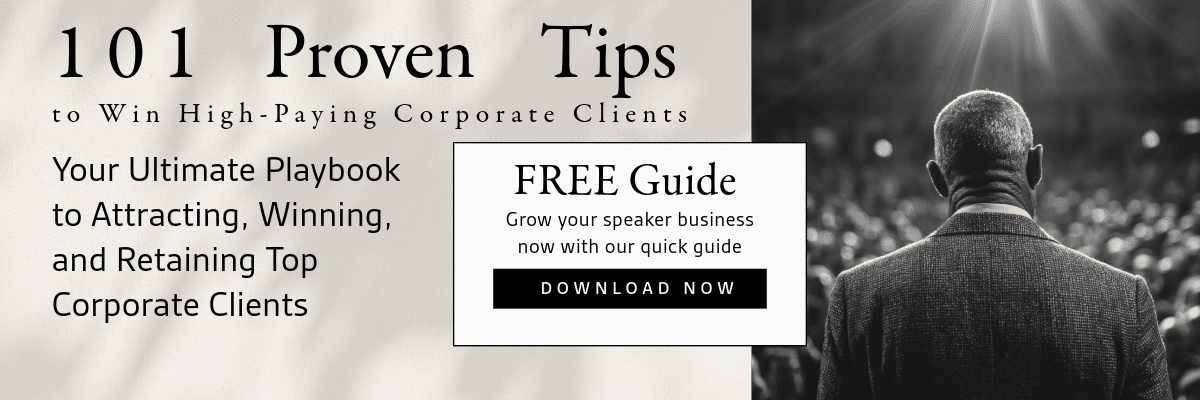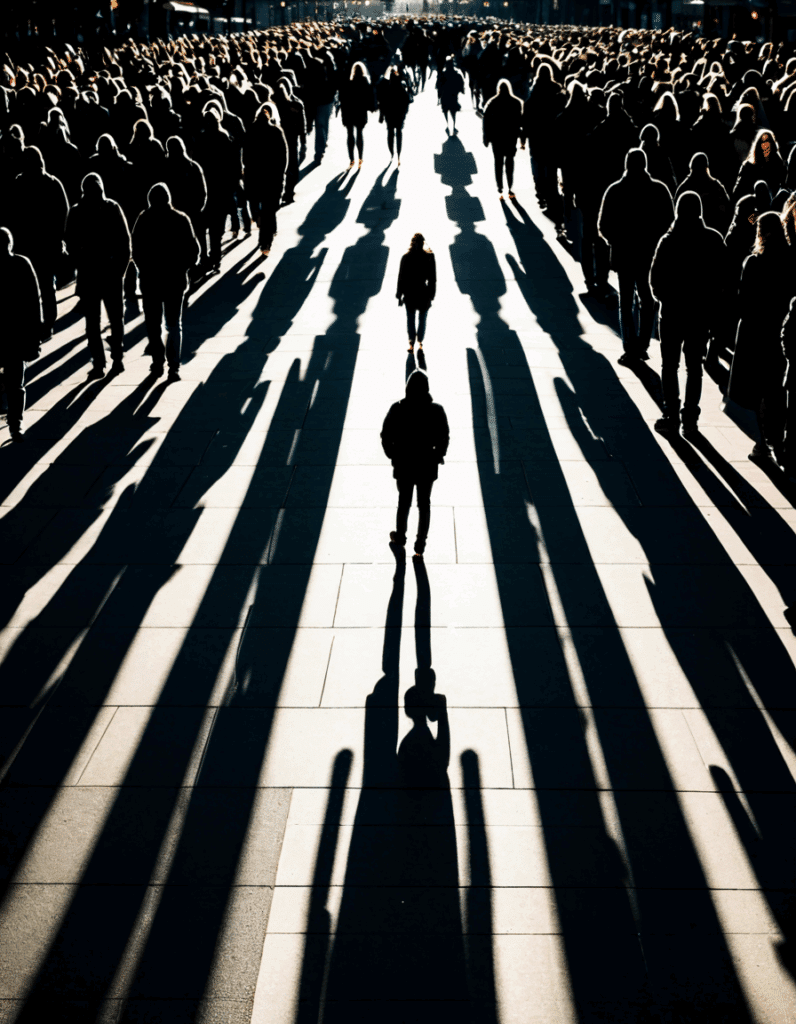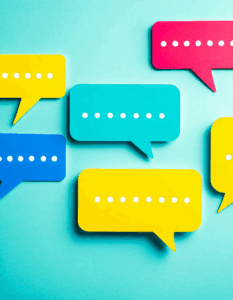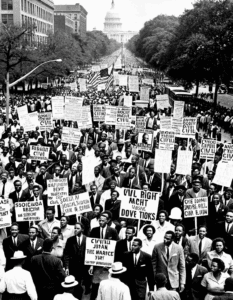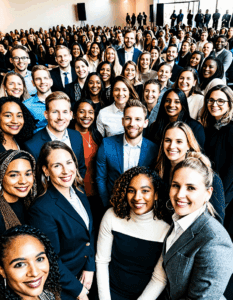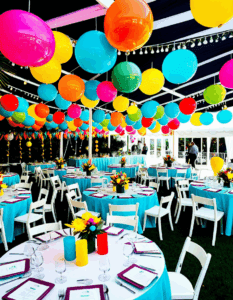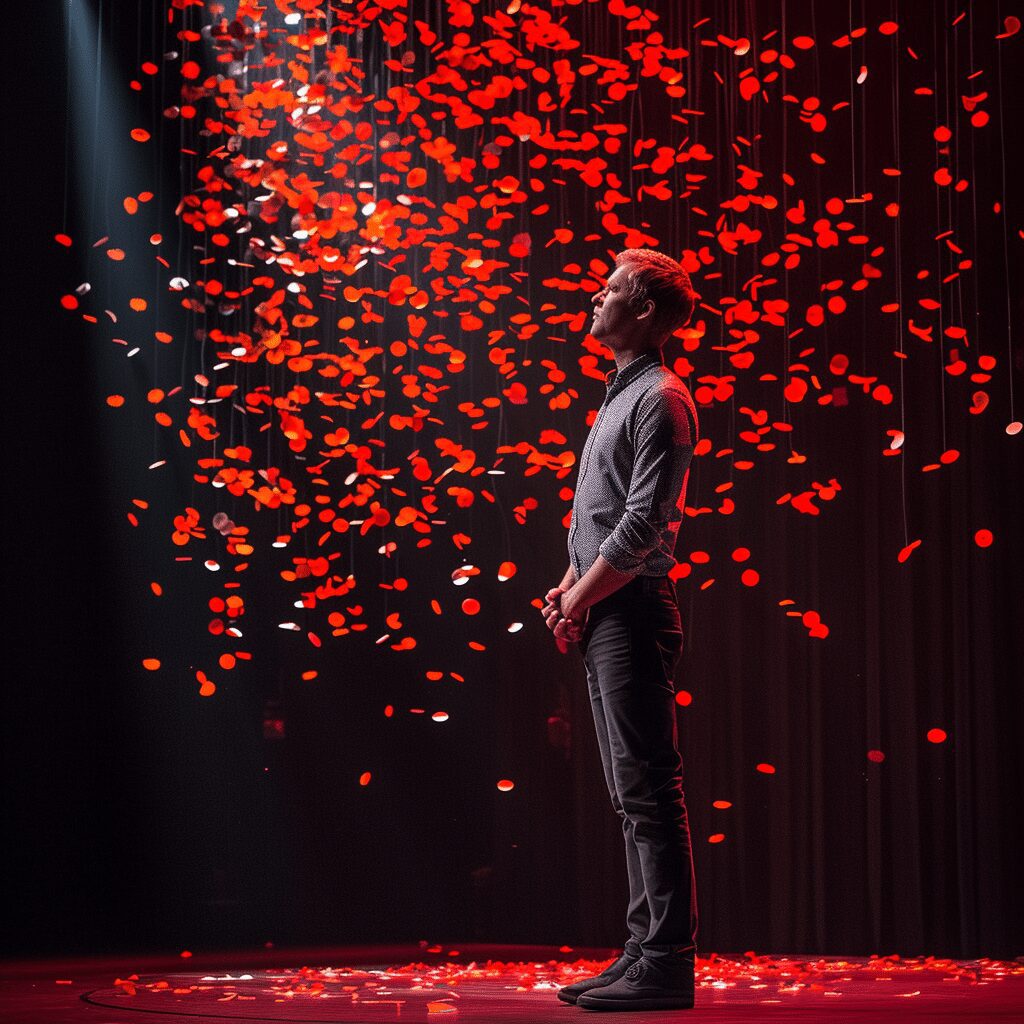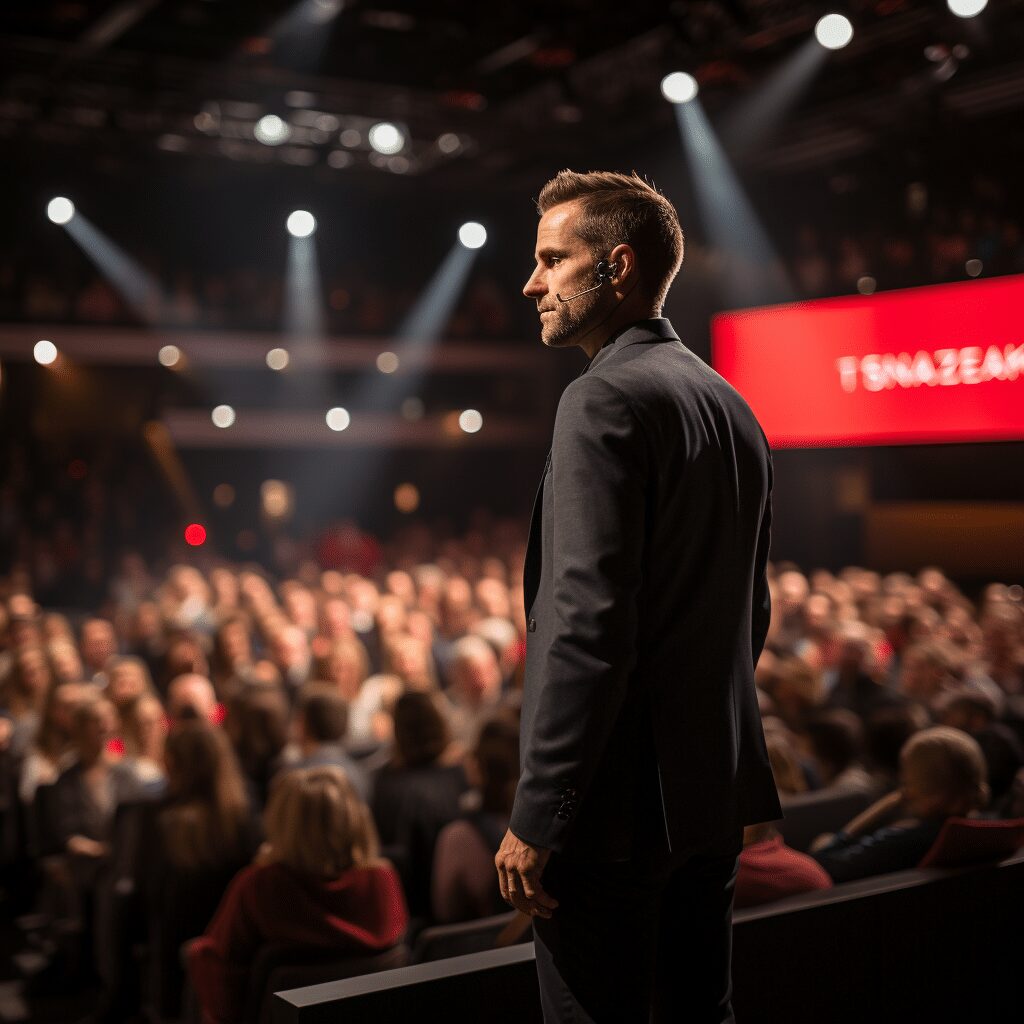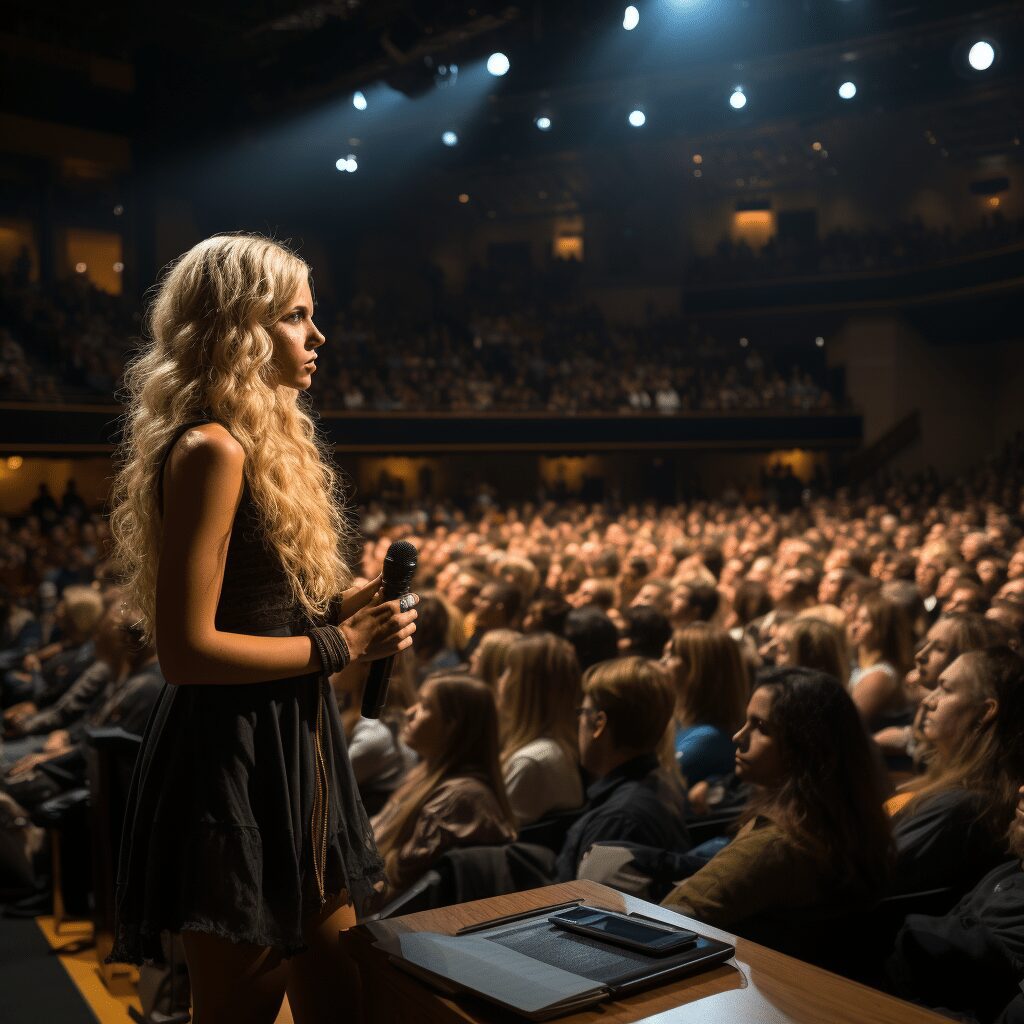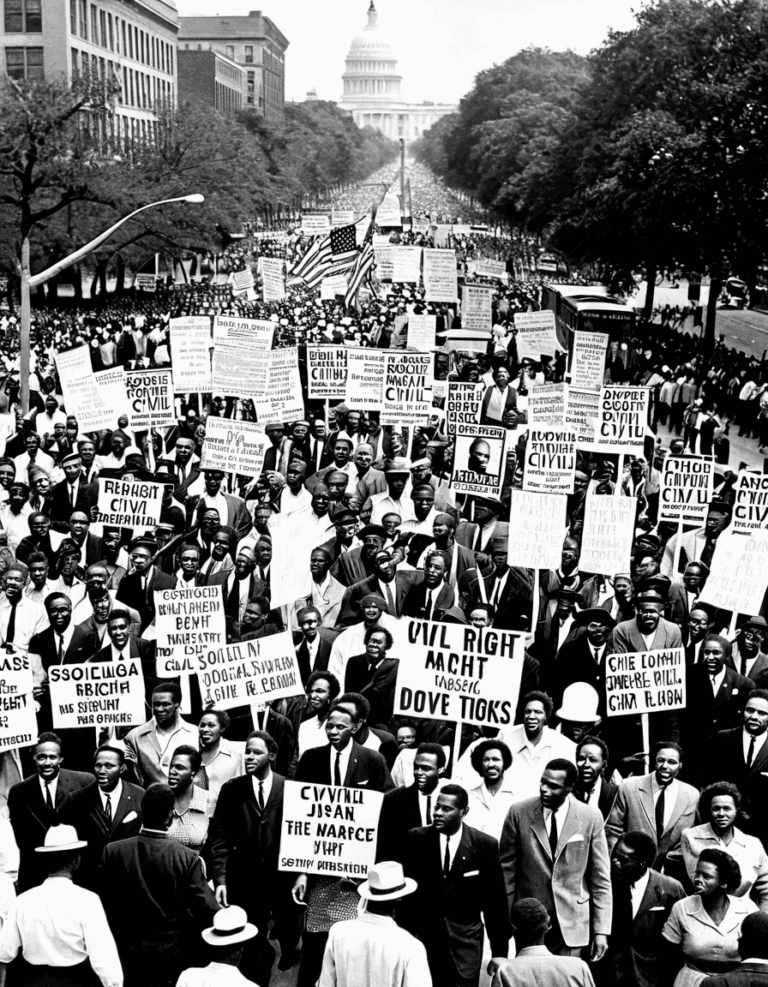Understanding the fear of crowds, or what many call the fear of big crowds, is crucial. It’s more than just a dislike of being around people; it involves anxiety, social norms, and individual experiences that shape how one reacts. While most folks flow through events, others grapple with the fear of a crowd—special challenges lurk behind every anxious glance or heavy breath in crowded spaces. This article digs deep into these hidden dragons, sharing personal stories that illustrate broader issues and hopes to guide event organizers and businesses towards hiring impactful speakers who can foster understanding and resilience around this topic.
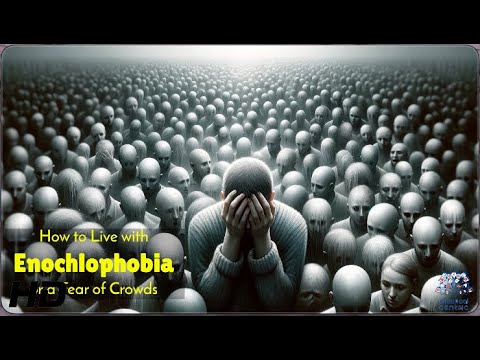
The Top 7 Factors Behind the Fear of Crowds
1. Social Anxiety Disorder
Believe it or not, around 15 million adults in the U.S. deal with social anxiety disorder, which can cause feelings of panic when faced with large groups. This often contribute to the fear of crowds, making even the simplest engagements feel monumental. People with social anxiety find it tough to get up close and personal, often shying away from gatherings that involve a lot of folks.
2. Past Traumatic Experiences
Traumatic events can leave lasting scars. Take, for instance, the heartbreaking incident during the 2017 Las Vegas shooting. Survivors of such traumatic experiences often struggle with heightened anxiety in busy places, creating an urgency to avoid similar situations. The emotional residue of fear from chaos can linger, making crowds seem like an impending storm.
3. Conditioned Responses
Sometimes, fears are learned. A child bullied on a crowded playground might grow up to avoid busy areas altogether. This learned behavior showcases how previous experiences shape individuals’ responses to crowds, often without them even realizing it.
4. Biological Factors
There’s science behind the fear of crowds too! Some folks may have a genetic makeup that makes them more anxious in crowded conditions. Imbalances in neurotransmitters like serotonin can lead to heightened sensitivity and unease when surrounded by large groups.
5. Media Influence
Media can amplify worries. Films and shows often focus on crowd chaos, portraying dangerous situations that shape public perception. Such depictions can contribute significantly to the fear of crowds, especially among young, impressionable viewers still piecing together their own perspectives.
6. Current Global Events
The COVID-19 pandemic has done a number on our social behavior. Lockdowns and isolation heightened the fear of crowds for many. Now, lingering worries about health and safety linger in public spaces, making it hard for folks to feel at ease.
7. Cultural Factors
Culture plays a crucial role in how we react. In cultures where large gatherings are the norm, people may handle crowds differently than in cultures focused on individualism. Recognizing these differences helps paint a clearer picture of how background shapes people’s relationship with crowded spaces.
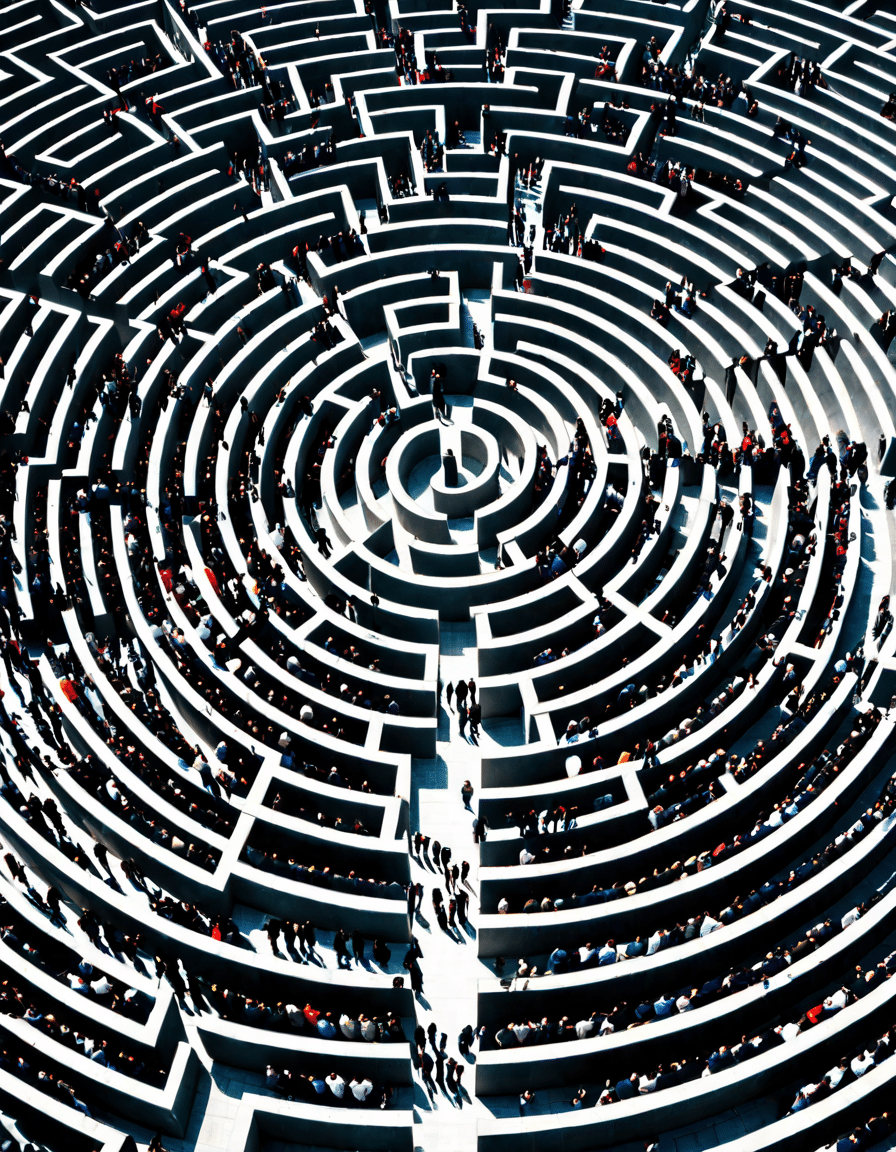
Real-Life Narratives: The Hidden Struggles of the Fear of Crowds
Every person’s journey with the fear of crowds is distinct, often leading to unique coping methods. Take Halsey, the talented singer-songwriter. Despite being on stage in front of thousands, she openly candidly shares her battles with crowd anxiety. This personal insight illustrates that even those seeming confident wrestle with hidden fears.
Brene Brown, renowned for her talks on vulnerability, also touches on her discomfort with crowds. By sharing her experiences, she normalizes the anxiety surrounding large gatherings. Her honesty brings communities together and fosters empathy for individuals who feel this struggle.
These narratives show us that fear doesn’t discriminate; it transcends professions and lifestyles. By acknowledging these experiences, we pave the way for deeper connections and understanding among audiences, creating spaces where everyone can breathe a little easier.
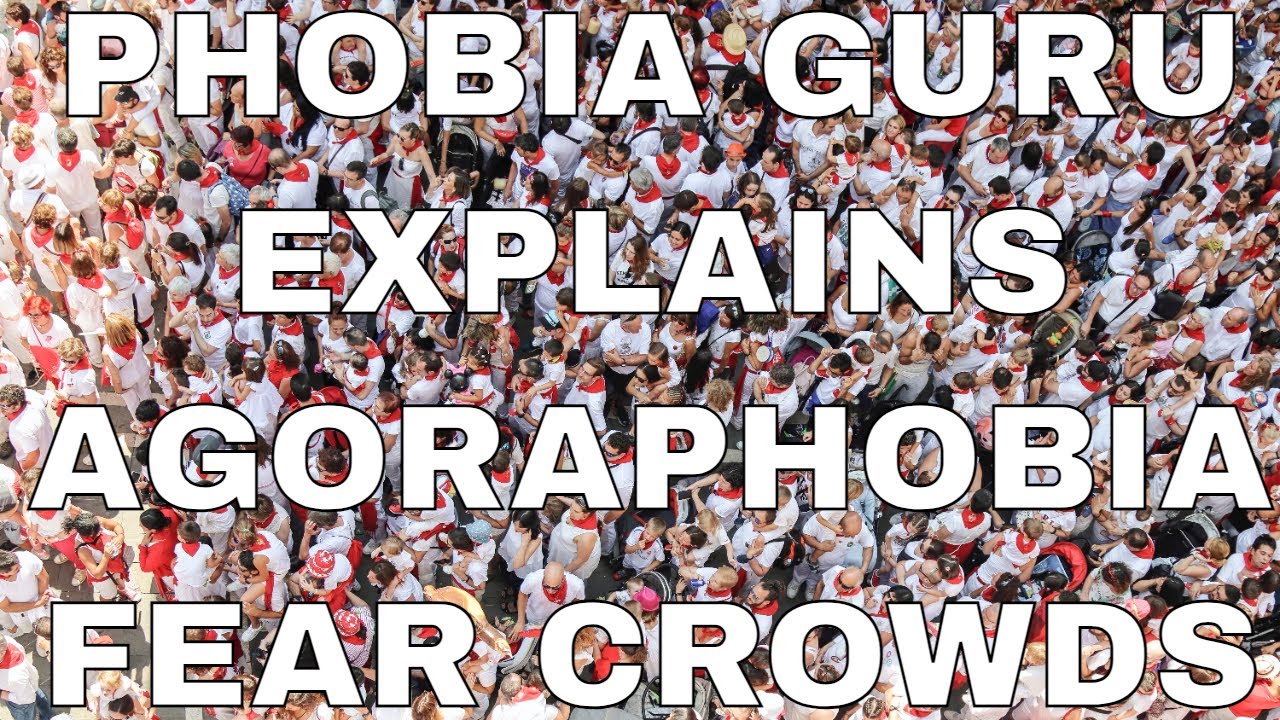
Strategies for Navigating the Fear of Crowds
Finding ways to manage the fear of crowds is essential. Here are a few simple strategies to consider:
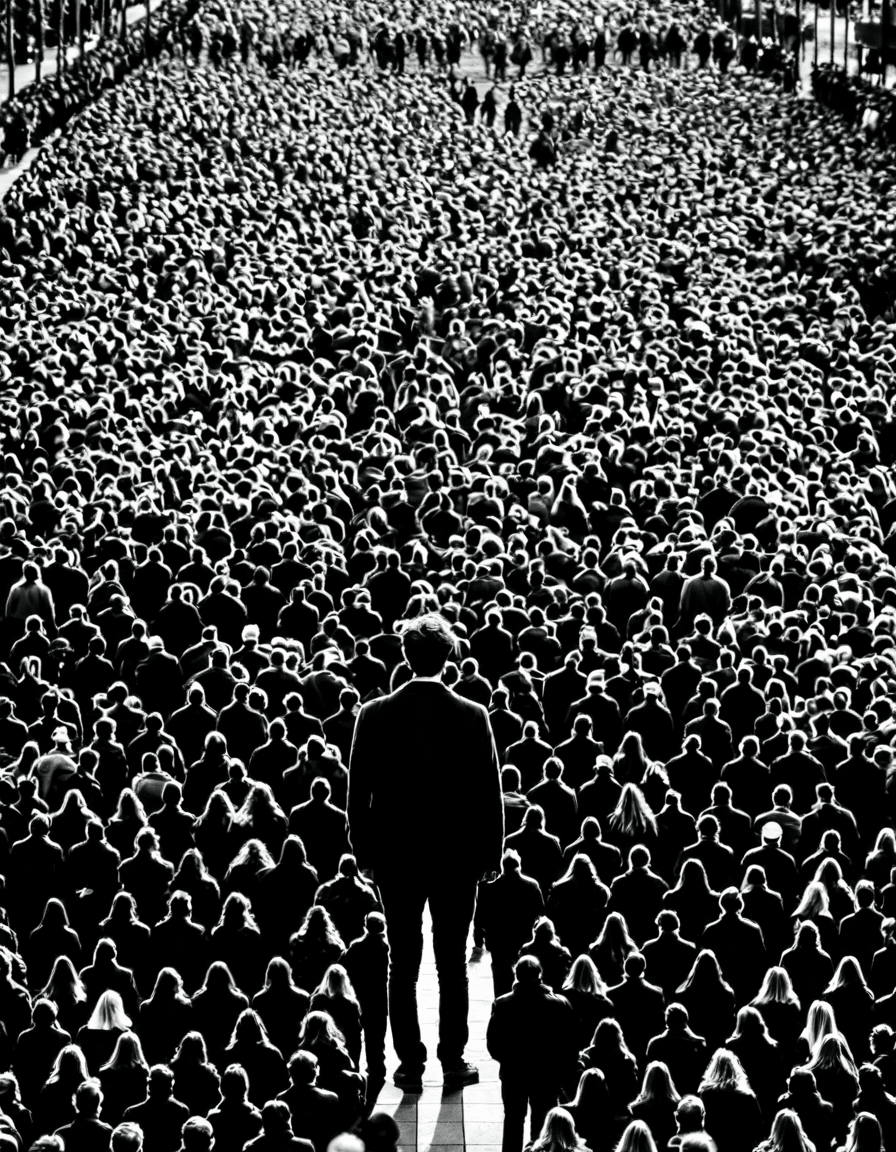
Closing Thoughts on Navigating the Fear of Crowds
The impacts of the fear of crowds extend beyond personal turmoil; they influence how we connect and engage in our communities. As we continue to navigate evolving societal norms, understanding and empathy towards those grappling with crowd anxiety become crucial.
Fostering inclusive environments can create safe spaces for everyone, regardless of comfort levels in social settings. By encouraging open conversations, we allow individuals to share their narratives and breathe easier. Let’s move forward, towards understanding, acceptance, and the power of togetherness, taking giant steps to make everyone feel welcome and secure in any gathering.
Ready to dive deeper into the discussions surrounding the fear of crowds? Organizations looking to hire speakers for events that genuinely connect can explore impactful options at Tcaa and foster empathy and understanding in their audiences. Celebrate the diverse narratives of people navigating this journey, amplifying voices that resonate with shared experiences and spark change.
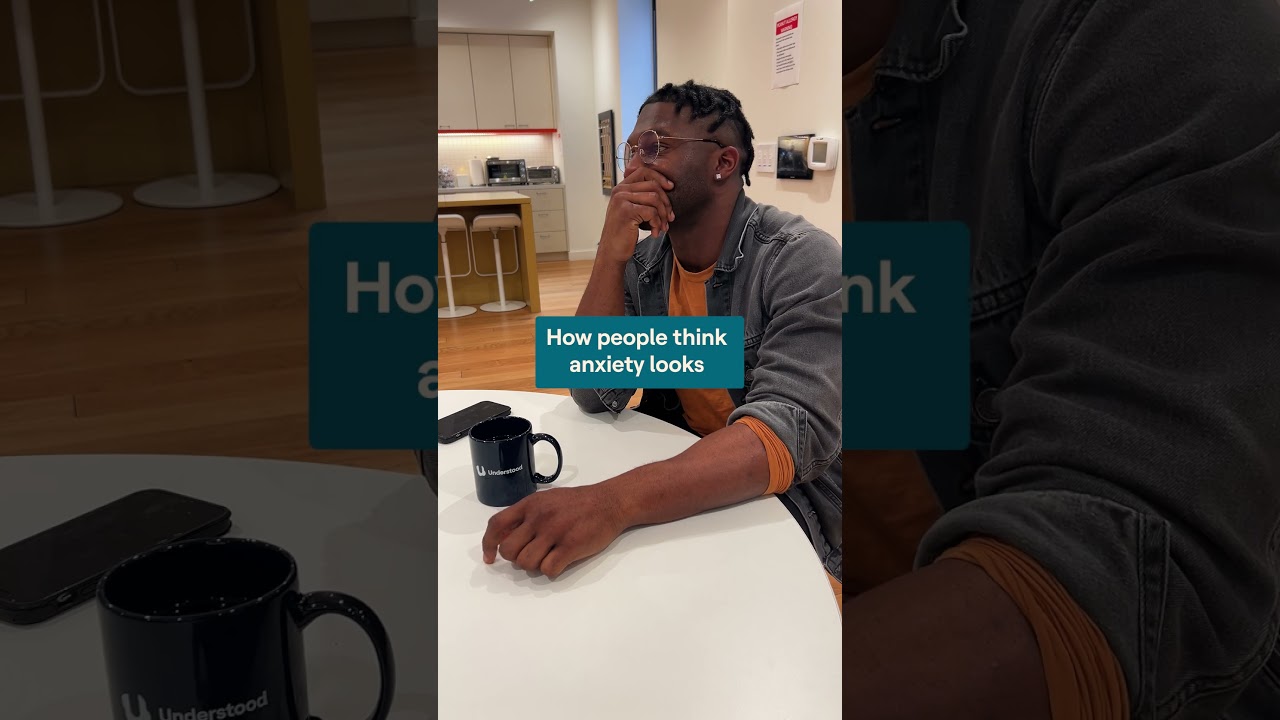
The Fear of Crowds: Unpacking the Anxiety
Understanding the Roots of the Fear of Crowds
The fear of crowds, scientifically known as ochlophobia, can stem from various factors, including past traumatic experiences or even genetic predispositions. Did you know that famous folks like Rico rodriguez have openly discussed their battles with anxiety? This adds a relatable layer to the conversation, reflecting that even those in the limelight can struggle with the fear of crowds. It brings to light how this issue isn’t limited to just a handful of people; it’s far more common than we might think!
Furthermore, this fear affects people differently. Some might feel a sense of panic when surrounded by large groups, while others may find it overwhelming in more social settings. It’s not always easy to pinpoint a ‘trigger’ moment, but recognizing this fear as a significant psychological challenge is essential. For example, when people experience adverse reactions to medications like flagyl, it can amplify feelings of anxiety in crowded places, tying back into the discussion on managing fear and seeking support.
Celebrities and Their Struggles with the Fear of Crowds
Many well-known personalities have shared their experiences, showing how pervasive this fear can be. Take Wendy Williams, for instance, whose documentary reveals insights into her life while juggling fame, mental health, and public appearances. Her vulnerability reminds us that behind every glamorous façade, there could be a story of battling the fear of crowds, sparking important dialogues around mental health.
In schools, discussions about the fear of crowds are also taking center stage. Engaging sports speakers can shed light on resilience and overcoming challenges, providing students with relatable narratives and coping strategies. This not only educates but also empowers young minds, helping them navigate similar fears they might face in public settings.
The Fun Side of the Fear of Crowds
Interestingly enough, the fear of crowds doesn’t just lead to anxiety; it can also serve as inspiration for movies and characters! For instance, Margo from Despicable Me, with her quirky charm, has a touch of relatable fear around vast groups, making her a favorite among audiences. This illustrates how fear can influence creativity in unexpected ways.
In a lighter vein, some think of large gatherings as a betting village, where the odds are ever in favor of those who can manage their fears and thrive despite bustling surroundings. It adds a fun twist to the serious topic of crowd anxiety! Whether through laughter or shared experiences, breaking down the stigma surrounding the fear of crowds can pave the way for better understanding and support.
